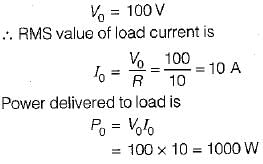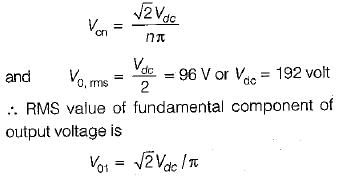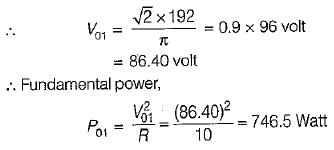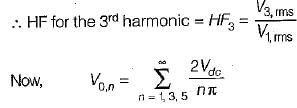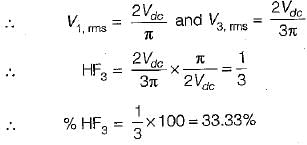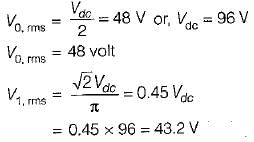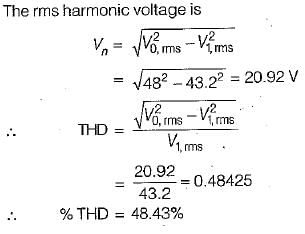Test: Inverters - 1 - Electrical Engineering (EE) MCQ
10 Questions MCQ Test GATE Electrical Engineering (EE) Mock Test Series 2026 - Test: Inverters - 1
Assertion (A): For high power applications, inverters are used instead of transistors.
Reason (R): For high power applications, inverter is operated in active region.
Reason (R): For high power applications, inverter is operated in active region.
Match List-l (Type of Inverter circuits) with List-ll (Characteristics) and select the correct answer using the codes given below the lists:
List-I
A. Voltage Source Inverter
B. 120° Conduction Inverter
C. Current Source Inverter
D. 180°Conduction Inverter
List-II
1. Suitable for a load of low leakage impedance
2. Each device turns on at regular interval of 60º
3. Suitable for multi machine control
4. Preferable for a delta connected load
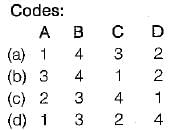
List-I
A. Voltage Source Inverter
B. 120° Conduction Inverter
C. Current Source Inverter
D. 180°Conduction Inverter
1. Suitable for a load of low leakage impedance
2. Each device turns on at regular interval of 60º
3. Suitable for multi machine control
4. Preferable for a delta connected load

Consider the following statements associated with CSI and VSI:
1. In CSI, commutation is load dependent process.
2. Thyristorised current source fed inverter has inherent four quadrant operation.
3. In VSl dynamic braking is applicable during ac line failure.
4. MOSFET and transistor are more suitable for CSl compared to VSI.
Which of the statements given above is/are correct?
1. In CSI, commutation is load dependent process.
2. Thyristorised current source fed inverter has inherent four quadrant operation.
3. In VSl dynamic braking is applicable during ac line failure.
4. MOSFET and transistor are more suitable for CSl compared to VSI.
A single-phase half bridge inverter has supply voltage of 200 V. For a load resistance of 10 Ω, the output power is equal to
The single-phase half-bridge inverter has a resistive load of 10Ω and the centre-tap dc input voltage is 96 V. The fundamental power consumed by the load is
A single-phase half-bridge inverter has a resistive load of R = 3 Ω and the dc input voltage Vdc = 24 volts. The harmonic factor of the lowest order harmonic would be equal to
A single-phase transistorized bridge inverter has a resistive load of R = 3 Ω and the dc input voltage of 48 volts. The total harmonic distortion is approximately equal to
A full-bridge bipolar PWM inverter is fed from a 240 V battery and is driving an RL load. The fundamental output voltage for a modulation index of 0.8 is
|
26 docs|257 tests
|
|
26 docs|257 tests
|



